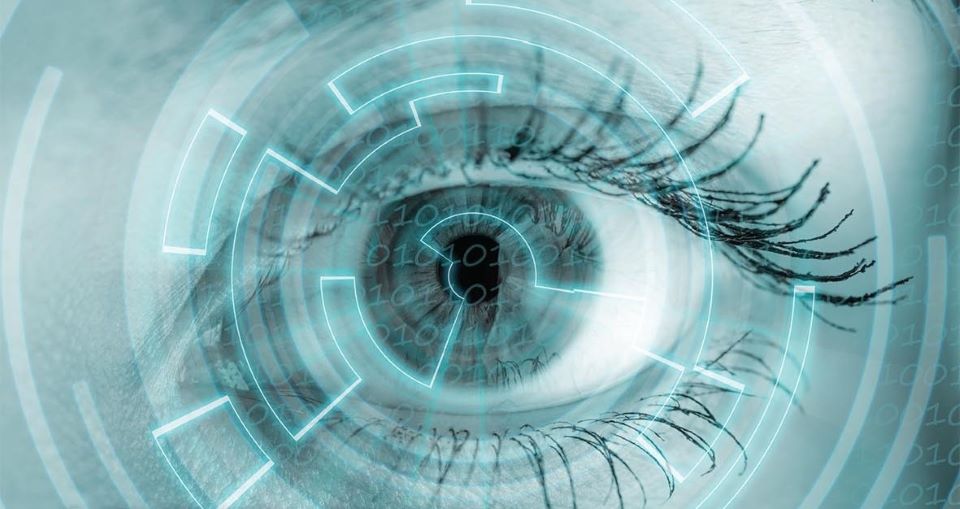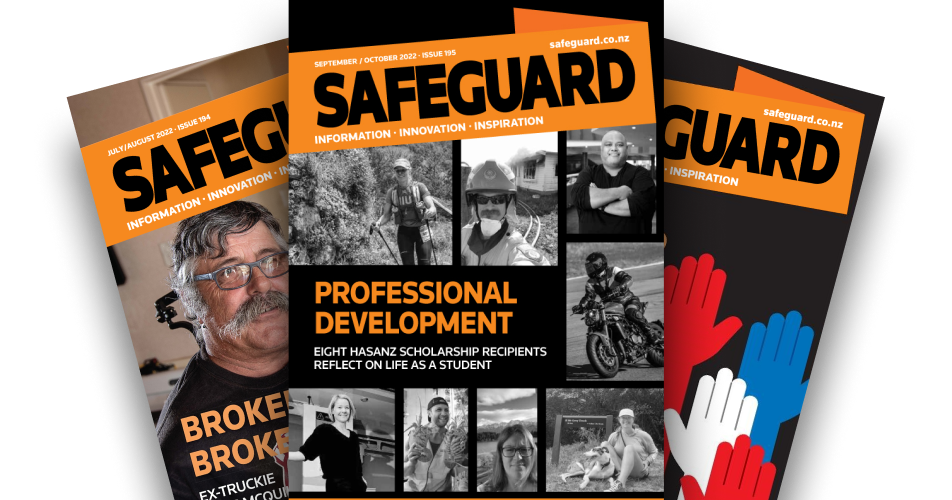Since the release of ChatGPT in 2022, the term “AI” has taken over as the latest buzzword in society. Proponents suggest it will revolutionise our lives; cynics say it is a fad like Blockchain technology. As is often the case, the truth is somewhere in between.
AI has already been deployed to improve health & safety, and many companies are interested in taking it further. But what can – and should – it be used for? Can it improve safety in your business? How can you avoid the snake oil sellers? Read on!
What is AI/machine learning?
Most modern AI – computer systems which demonstrate intelligent behaviour – is driven by Machine Learning (ML) methods, which learn from enormous datasets.
Consider a piece of manufacturing equipment in a warehouse or a part of an oil pipeline. These often have many sensors that record temperatures and other operating characteristics. When these components fail, we can capture the corresponding sensor readings. If we do this enough, we can build a labelled dataset with examples of “normal” and “failure” sensor readings.
Our ML method can then be “trained” on this data to predict failures, allowing us to shut down the machine before it fails and potentially causes a safety incident.
Health & safety uses
As you can imagine, ML has many applications in health and safety. More advanced methods can use computer vision techniques on CCTV video to automatically spot risks like missing PPE or an operator’s incorrect working posture. Advances in AI robotics have reduced the need for employees to do repetitive or risky tasks like heavy lifting, reducing the likelihood of musculoskeletal disorders and repetitive strain injuries. The deployment of robots into extreme environments like deep mines and underwater drilling is especially exciting.
Generative AI models (named for their ability to generate “content”) have been widely tested for writing documentation and policy – and the H&S sector is no exception. Using ChatGPT and other GenAI tools to write an H&S plan is certainly enticing when you have a deadline to meet. These powerful tools can significantly improve your productivity provided care is taken to validate what they produce. Sometimes, the fact-checking and rewriting of ChatGPT output content can even be slower than doing it yourself from scratch!
Note that ChatGPT is trained on publicly available data – including the data you provide it. Organisations should be cautious about providing information to any AI tool, as the terms and conditions of OpenAI and other companies state that they will use your information to train their models – meaning you risk leaking confidential information. Even if they claim not to do so, can you really trust them with commercially sensitive data?
Risks and biases
Despite the significant promise of AI in health and safety, there are also many risks and potential harm in such a technology. Instead of reducing worker injuries, AI robots have sometimes directly caused fatal accidents. The automated monitoring of CCTV raises questions about worker privacy and autonomy – it is one thing to monitor for safety, but a similar approach could be used to measure worker efficiency and output. It is quite different for your boss to suggest you are under-performing than for an AI system to judge you as inadequate!
The use of AI may also be hard to defend in HR cases. Natural justice would suggest that workers have a right to know why they are being reprimanded or even dismissed. But if you use a complex AI model, like a deep learning approach, you may not even be able to explain how the AI made the decision that it did. This lack of transparency can hide biases – there have been several prominent examples where the accuracy of an AI system varied depending on the person’s skin tone in a video. In a similar way, a health & safety plan written by ChatGPT may not consider employees with accessibility needs or different cultural practices in diverse societies.
Snake oil detection
It would be easy to conclude that using AI for health & safety is too risky, but that’s not right, either. There is massive potential for improving your health and safety practices with this new technology – it would be a risk not to utilise it. Many companies are beginning to offer AI-based products or bespoke solutions for H&S – but how do you know what is “snake oil” and what is worth investing in?
Any AI company worth their salt should be able to tell you what testing they have performed to validate their model. How did they test for biases? Are there any situations in which the model is less accurate? Will they offer you a free trial so that you can ensure it performs well in your unique environment? These are all questions I would ask. If you have the budget, engaging a long-standing AI consultancy will give you the best, bespoke solution – at a cost.
As AI continues to develop, you could consider employing an AI expert in-house – they will have a much more developed instinct for what is snake oil and can also take an existing solution and fine-tune it for your purposes. (Our universities are producing an increasing number of graduates with skills in AI!)
Learning more
If you want to learn more, there is a huge amount of material online that introduces AI at different levels of depth. My colleagues and I teach an introduction to AI course to 100-level university students - with no tech background required. Knowing the fundamentals of this technology is a highly desired skill, and I am seeing students from diverse fields in my classroom.
AI is overhyped by many, but it is also an incredibly powerful and fast-developing technology that can substantially improve health and safety practices if used well.
Dr Andrew Lensen is a senior lecturer in artificial intelligence within the School of Engineering and Computer Science with Te Herenga Waka—Victoria University of Wellington.




